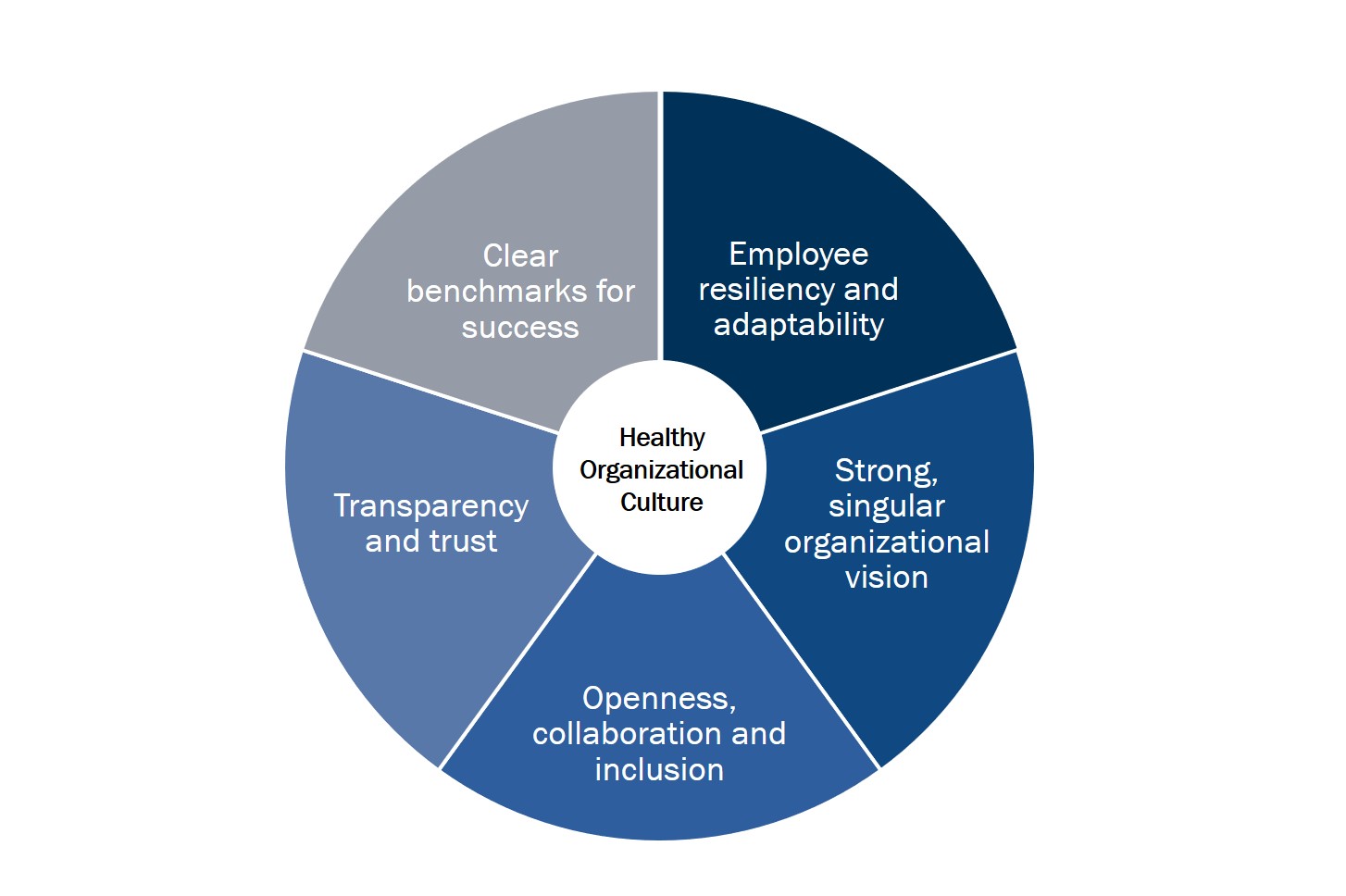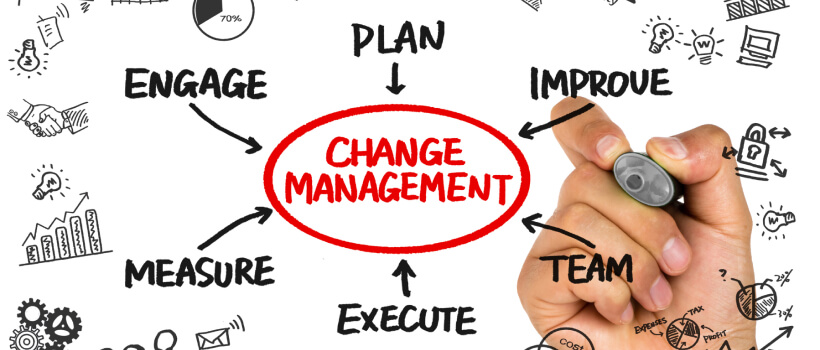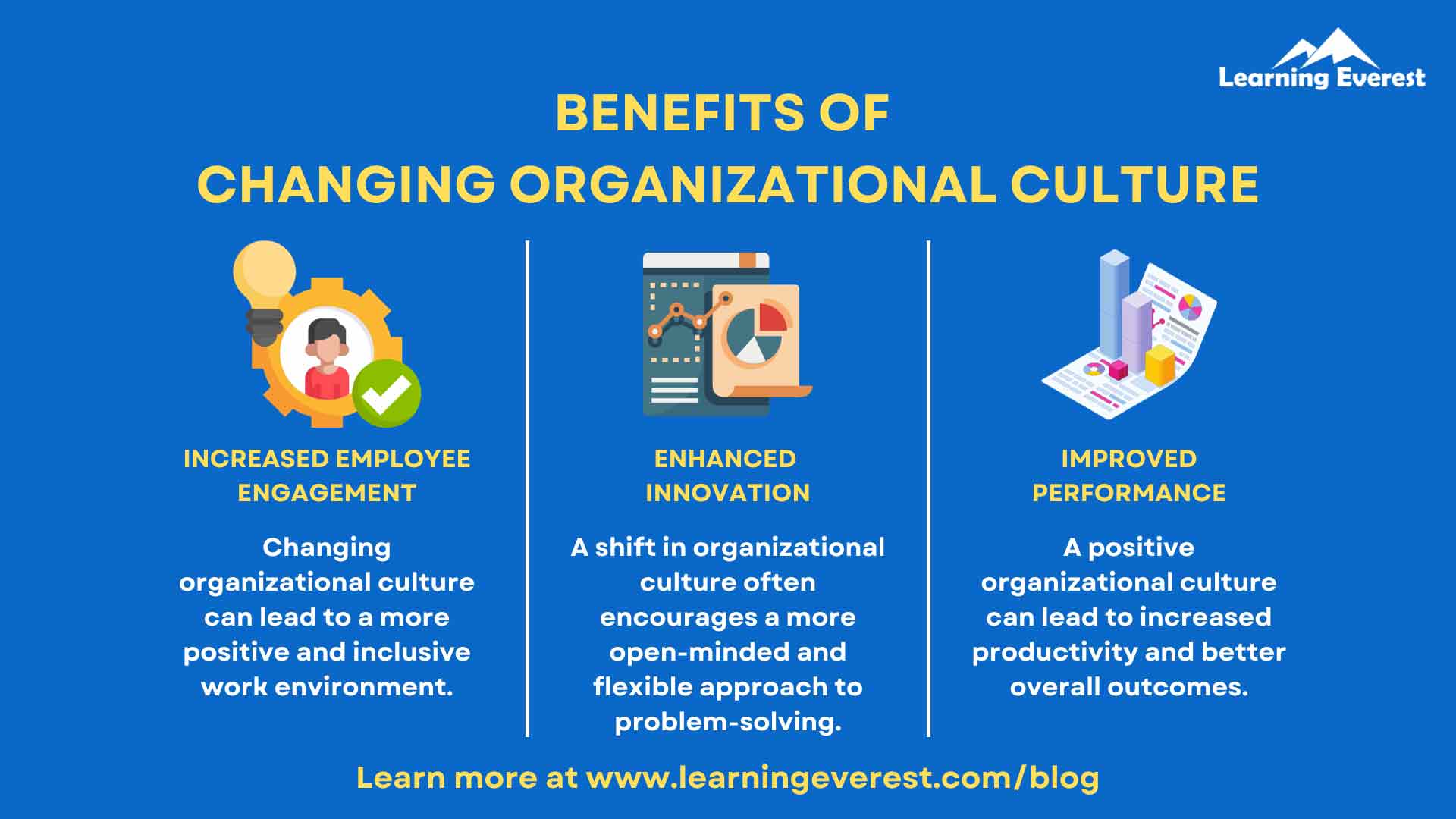Importance of Adaptability in Organizational Culture
In today’s fast-paced world, the ability to adapt is crucial for any organization. When we think about workplaces thriving through change, it often comes down to a culture steeped in adaptability.
- Resilience: Organizations that embrace adaptability can bounce back from challenges more quickly.
- Innovation: Adaptable companies are more likely to innovate and stay ahead of industry trends.
Imagine a company faced with a sudden market shift; those with adaptable cultures can pivot effectively, ensuring they not only survive but thrive.
Table of Contents
Definition of Navigating Change
Navigating change means steering through the uncertainties that arise in evolving circumstances, whether it’s reacting to new technologies, fluctuations in the market, or unexpected global events.
Think of it as a journey on a winding road:
- Awareness: Recognizing when change is necessary.
- Flexibility: Willingness to alter strategies and approaches.
- Collaboration: Engaging teams to collectively address challenges.
By mastering these elements, organizations can effectively turn obstacles into opportunities for growth.

The Benefits of Adaptability
Increased Innovation
One of the most significant benefits of adaptability in organizational culture is the surge in innovation. When employees feel supported in trying new approaches, they become more willing to share creative ideas.
- Frequent Experimentation: Adaptability encourages teams to test new concepts without the fear of failure.
- Diverse Perspectives: A culture open to change attracts diverse talent, leading to a blend of unique insights.
For instance, a tech startup I once worked with thrived by promoting a “fail forward” mentality, leading to the launch of several game-changing products!
Improved Employee Morale
Adaptability doesn’t just boost innovation; it also significantly enhances employee morale. When team members see that their organization embraces change, they feel more engaged and valuable.
- Empowerment: Employees are more likely to take ownership of their work.
- Job Satisfaction: A dynamic work environment makes daily tasks more exciting and rewarding.
Take a moment to reflect on teams where adaptability was a core value. Those teams often experience higher levels of enthusiasm, creating a positive atmosphere for everyone involved!

Strategies for Cultivating Adaptability
Effective Communication
To foster adaptability in your organization, effective communication is key. When information flows freely, everyone feels involved in the journey of change.
- Open Channels: Encourage feedback and discussions across all levels.
- Regular Updates: Keep employees informed about changes and initiatives.
For example, I once witnessed a company hold bi-weekly meetings where anyone could share their thoughts. This openness not only addressed concerns but also sparked innovative ideas from unexpected sources!
Encouraging Continuous Learning
Alongside clear communication, promoting continuous learning is vital for cultivating adaptability. When employees know they have opportunities to grow and develop their skills, they are better prepared to embrace change.
- Training Programs: Regularly offer workshops and training sessions.
- Mentorship Opportunities: Pair experienced employees with newer ones to share knowledge.
For instance, a previous employer created a learning platform where employees could choose courses relevant to their roles, nurturing a culture of growth that made adapting to new processes feel natural and exciting!

Leadership ‘s Role in Fostering Adaptability
Leading by Example
As we explore the strategies for cultivating adaptability, it’s essential to recognize the crucial role of leadership. Leaders set the tone for the organizational culture, and by leading by example, they inspire others to embrace change.
- Transparency: Share your own experiences facing change, including challenges and successes.
- Vulnerability: Acknowledge mistakes and show how you’ve learned from them.
I once saw a manager openly discuss their struggles during a major shift in company strategy. This honesty not only built trust but also encouraged the team to approach challenges with a similar mindset!
Creating a Supportive Environment
To effectively foster adaptability, leaders must also create a supportive environment. When team members feel safe to express ideas or concerns, they are more likely to take smart risks.
- Encourage Collaboration: Foster teamwork and collective problem-solving.
- Recognize Contributions: Celebrate innovative ideas and adaptations.
For instance, in a previous position, our team had a “Kudos Board” where we publicly recognized employees who embraced change, further motivating others to contribute actively to our evolving culture!

Overcoming Resistance to Change
Addressing Employee Concerns
As we navigate the crucial role of leadership in fostering adaptability, overcoming resistance to change is an essential next step. One of the most effective ways to combat resistance is by addressing employee concerns head-on.
- Listen Actively: Create forums where employees can voice their worries without judgment.
- Provide Clear Rationale: Explain why changes are necessary and how they align with the organization’s goals.
I remember a time when we faced pushback during a software transition, but by holding open Q&A sessions, management was able to alleviate fears and clarify the benefits, turning skeptics into supporters!
Implementing Change Management Techniques
Alongside addressing concerns, implementing well-structured change management techniques is critical to easing the transition. This structured approach helps everyone understand their roles during the change process.
- Develop a Change Plan: Outline clear objectives, timelines, and roles.
- Train Employees: Provide comprehensive training and resources to help employees adapt.
In one organization I worked with, a detailed change management plan was put in place during a merger. Regular updates and training sessions ensured that everyone felt equipped to manage the new landscape, making the transition significantly smoother!

Case Studies of Successful Organizational Adaptability
Company A: Adapting to Market Trends
One of the most compelling examples of organizational adaptability comes from Company A, a retail giant that swiftly adjusted to changing market trends. When they noticed a significant shift towards online shopping, they didn’t just enhance their website; they restructured their entire inventory management to support omnichannel fulfillment.
- Data-Driven Decisions: They utilized analytics to understand consumer behavior better.
- Customer Feedback Integration: Actively sought customer input to refine their offerings.
As a result, they not only retained loyal customers but attracted new ones, demonstrating that adaptability is key to survival!
Company B: Embracing Technological Advancements
Another inspiring case is Company B, which transformed its operations by embracing technological advancements. Faced with competition from digital-native companies, they adopted cutting-edge software solutions to streamline processes.
- Training Initiatives: They implemented regular training sessions to ensure employees were proficient with new technologies.
- Pilot Programs: Launched pilot programs for testing new technologies in a controlled environment.
This proactive approach not only enhanced efficiency but also elevated employee morale, as staff felt empowered to explore innovative solutions. Their journey exemplifies the power of embracing change to remain competitive.

Measuring the Impact of Adaptability in Organizational Culture
Key Performance Indicators
As we reflect on successful examples of adaptability, measuring its impact within your organization is essential for ongoing growth. Key Performance Indicators (KPIs) can help quantify how adaptability influences business outcomes.
- Employee Retention Rates: Higher retention rates often indicate a positive and adaptable culture.
- Innovation Metrics: Track the number of new ideas generated and implemented.
For instance, in a previous role, we focused on these KPIs during a major shift, and witnessing a significant increase in innovation proposals was encouraging.
Employee Feedback and Satisfaction
Equally important is gathering employee feedback to assess satisfaction levels and perceptions of adaptability. This can provide valuable insights into how changes are received across different teams.
- Surveys and Polls: Regularly distribute anonymous surveys to gauge employee sentiment.
- Focus Groups: Organize focus group discussions to dive deeper into specific areas of concern.
I remember when our company applied this approach during a transition; the feedback helped management make adjustments that significantly improved morale and engagement. Ultimately, an adaptable culture thrives on open dialogue and continuous improvement!
Adapting to External Factors
Economic Shifts
Continuing from the importance of measuring adaptability, organizations must also be prepared to adapt to external factors, particularly economic shifts. These changes can significantly impact market dynamics and consumer behavior.
- Market Analysis: Regularly review economic indicators to anticipate changes.
- Budget Flexibility: Maintain a flexible budget that can be adjusted for emerging needs.
For example, during a recent economic downturn, one company pivoted by diversifying its product line, ensuring sustained revenue even as demand fluctuated.
Global Events and Crisis Management
Global events, such as pandemics or geopolitical tensions, require organizations to demonstrate agility and readiness. Effective crisis management is crucial for navigating such uncertainties.
- Crisis Response Plans: Develop and communicate clear response strategies for different scenarios.
- Real-Time Communication: Use digital tools to keep employees informed and engaged during crises.
I recall how a previous organization swiftly shifted to remote work during a global health crisis. Their transparent communication and comprehensive plans helped maintain productivity and support employee well-being, showcasing the power of adaptability in turbulent times!

Building Resilience through Adaptability
Anticipating Future Challenges
As we consider how to build resilience through adaptability, a proactive approach to anticipating future challenges is essential. This forward-thinking mindset prepares organizations for potential disruptions and helps them remain proactive rather than reactive.
- Trend Analysis: Regularly analyze industry trends and potential external pressures.
- Scenario Planning: Create scenarios to explore various potential challenges and craft appropriate strategies.
For instance, during my time at a marketing firm, we began anticipating shifts in consumer preferences, which allowed us to pivot our campaigns effectively before our competitors even noticed!
Flexibility in Decision-Making
Flexibility in decision-making is another cornerstone of building resilience. Organizations that embrace agile decision-making can quickly respond to unexpected changes in their environment.
- Empowering Teams: Encourage team members to make decisions within their areas of expertise.
- Iterative Processes: Implement iterative approaches that allow for regular reassessment and adjustments.
I once worked with a team that adopted agile methodologies, allowing for rapid adjustments based on real-time feedback. This flexibility not only boosted our adaptability but also fostered a culture of innovation, demonstrating the profound connection between flexibility and resilience!
Conclusion
Recap of the Power of Adaptability
Reflecting on our journey through the importance of adaptability, it’s clear that fostering this quality within organizational culture leads to numerous benefits. From increased innovation to enhanced employee morale, organizations that embrace adaptability are better positioned to thrive amid change.
- Resilience: Adaptability equips businesses to respond effectively to economic shifts and global events.
- Continuous Growth: It creates a culture where learning and flexibility are valued.
I’ve seen firsthand how organizations that prioritize adaptability not only survive but flourish, setting themselves apart in competitive landscapes.
Final Thoughts
As we wrap up, remember that adaptability isn’t just a reaction to change; it’s a proactive approach to ensuring long-term success. Embrace open communication, encourage continuous learning, and foster an environment where flexibility is the norm.
By nurturing these values, you’ll not only navigate challenges more effectively but also empower your team to reach their fullest potential. So, take the initiative—start cultivating adaptability in your organization today and watch as it transforms your workplace for the better!